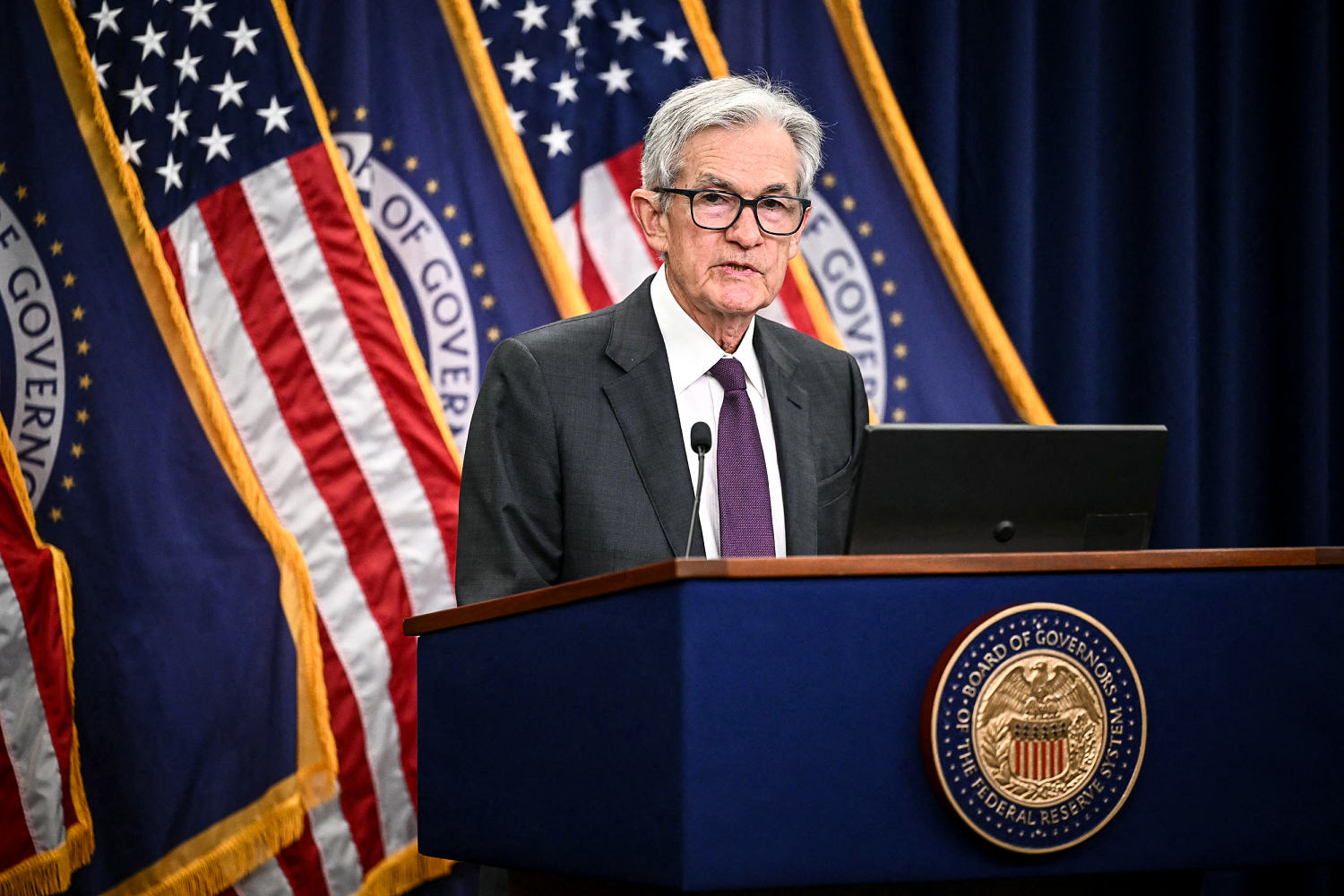Share this @internewscast.com

The Federal Reserve is expected to cut interest rates for the first time this year Wednesday afternoon.
The announcement, scheduled for 2 p.m. ET, comes as the central bank navigates numerous challenges. It faces both unprecedented political pressure and an uncertain economy, leaving experts divided on the necessity of a rate cut at this time.
The job market is showing signs of a significant slowdown. In August, only 22,000 jobs were created, which fell short of economists’ predictions. The report also revealed job losses in June. For the current year, 598,000 jobs have been added, compared to 1.4 million in the first eight months of 2024. Unemployment rose last month to 4.3%, a level unseen since September 2017 aside from the COVID-19 outbreak.
Lower rates could help businesses hire as it becomes less expensive to take out loans, and credit card rates fall for consumers.
Meanwhile, inflation is gradually climbing. From April, following President Donald Trump’s introduction of broad “reciprocal” tariffs, inflation moved up from 2.3% to 2.9% by August. The Federal Reserve targets an inflation rate of 2%.
Generally, a central bank would increase rates to reduce inflation, but the labor market’s vulnerabilities might lead Fed officials to consider lowering rates. The Fed’s main interest rate is currently between 4.25% and 4.50%.
Economists at Morgan Stanley predict that Chair Powell will reiterate that their policy is not fixed and will depend on future data. Given the conflicting risks of high inflation and weakening employment, they expect a cautious approach to any rate cuts.
Goldman Sachs economists concur. Citing weak job reports in July and August, along with a significant preliminary benchmark revision, they noted that job growth is now significantly lower, falling below sustainable levels. They pointed out that the unemployment rate has increased slightly for the past two months, and an alternate measure of labor market slack has also risen.
The Fed’s top priority now is supporting the labor market, which will likely translate to a quarter-point cut, they said.
If the Fed follows through on cutting rates Wednesday, it could be the beginning of a series of subsequent cuts, with markets pricing in a high likelihood of three interest rates for a total of three-quarters of a percentage point by the end of the year.
In recent interviews and earnings calls, companies have also flagged slower spending by a large chunk of the population.
McDonald’s CEO Chris Kempczinski called it a “two-tier economy” in a CNBC interview earlier this month. While upper income households are continuing to spend freely, “middle- and lower-income consumers, they’re feeling under a lot of pressure right now.”
Several prominent economists aren’t convinced a Fed cut is warranted at this point. Joseph Gagnon, a senior fellow at the Peterson Institute for International Economics, noted last month that inflation was still lingering above the Fed’s 2% target even before Trump’s tariffs. “Price pressures are likely to pick up in coming months as businesses are forced to pass on higher tariff costs to protect their profit margins,” he said.
Stock markets are thriving, too.
“It’s not unprecedented for the Fed to ease when stocks are at or near all-time highs,” JPMorgan Chase chief U.S. economist Michael Feroli said in early August. “It’s rarer when stocks are at the highs and inflation is above target and inflecting higher.”
This Fed meeting is also the first with newly confirmed governor Stephen Miran, who remains chairman of the Council of Economic visers under Trump.
Miran joins the Fed under highly unusual circumstances. Members of the independent central bank historically have not held other outside roles during their tenure. Miran is currently on unpaid leave from the council and could return when his Fed term concludes at the end of January. The administration has sought to downplay the arrangement.
“I don’t think there’s anything irregular about it at all,” Treasury Secretary Scott Bessent said Tuesday on CNBC.
“Everyone knows that he’s going back” to the White House, “so I think cards on the table it’s actually much more transparent,” Bessent added.
The Trump administration has sought to further increase its influence on the Fed by attempting to fire Lisa Cook, the first Black woman to work on the board of governors, over allegations of mortgage fraud. Cook has not been charged with a crime. An appeals court has ruled she cannot be removed while she sues the administration over its attempt to terminate her. For now, Cook remains in place and will vote on the Fed’s interest rate decision.
It all comes after months of attacks from Trump. Seeking lower rates, the president and others in his administration have hammered Powell with personal insults and have said the entire Fed board should be “ashamed” of their work.










